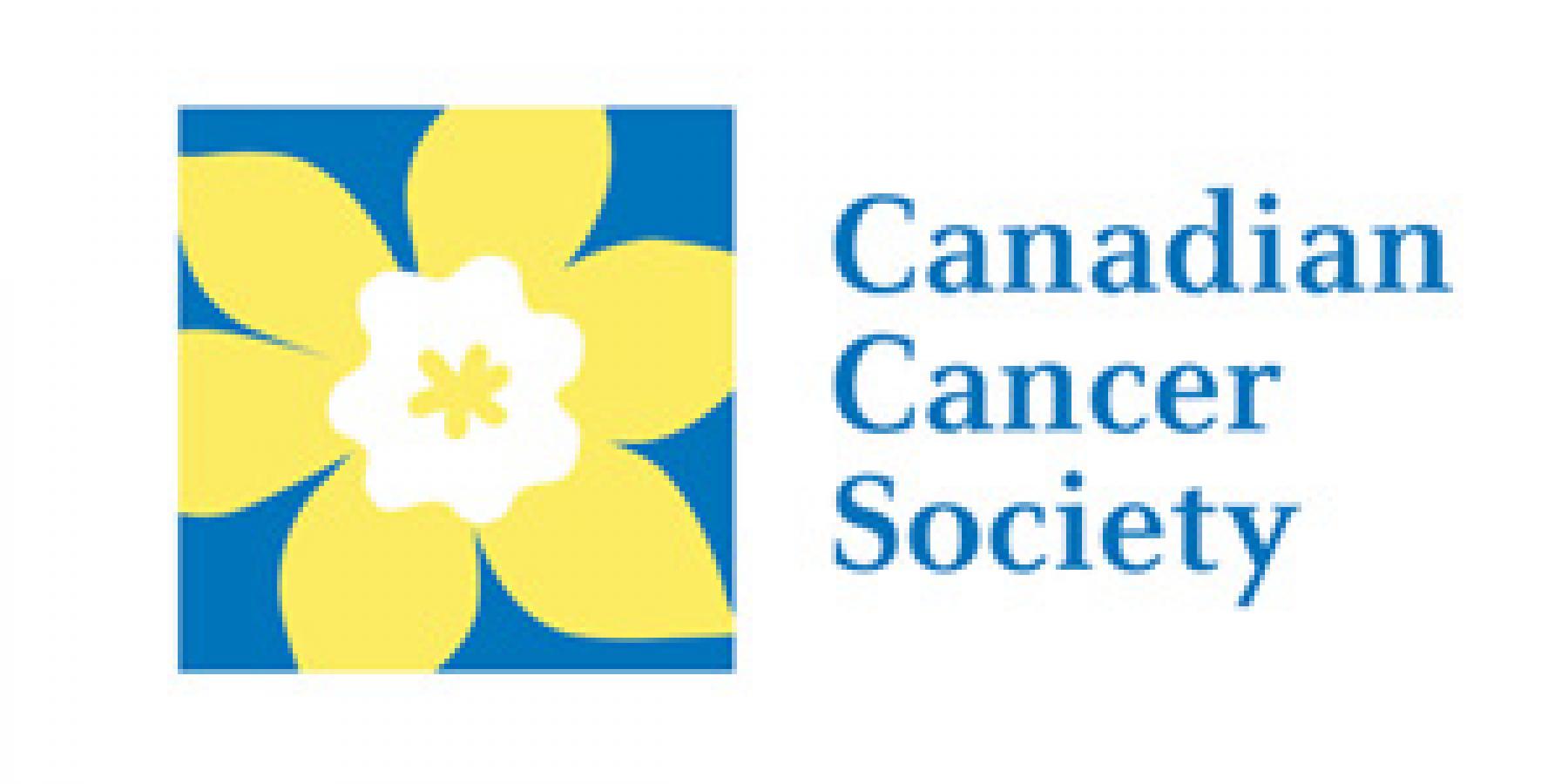Canadian Cancer Society with FCA launch report in Seoul on Cigarette Package Health Warnings: International Status Report
14 de noviembre de 2012

14 de noviembre de 2012
Media release from the Canadian Cancer Society:
More than 60 countries now require graphic cigarette package warnings
International report details progress on cigarette package labelling, ranks Australia first
For release: Wednesday, November 14, 2012
TORONTO – More countries worldwide are implementing picture health warnings on cigarette packages, according to a report released today by the Canadian Cancer Society. The report, which ranks 198 countries and territories on the size of their health warnings on cigarette packages, was released at the fifth session of the Conference of the Parties to the WHO Framework Convention on Tobacco Control (FCTC) being held in Seoul, South Korea from November 12 to 17.
“The progress internationally has been outstanding,” says Rob Cunningham, Senior Policy Analyst, Canadian Cancer Society. “There is a huge trend worldwide of countries adopting graphic pictures of the health effects of smoking as part of warnings on cigarette packages,with 63 countries requiring picture warnings – up from 34 in 2010.”
In terms of reach, now more than 40% of the world’s population is covered by the 63 countries and territories that have finalized picture warning requirements. In 2001, Canada was the first country to require picture warnings.
Package warnings are recognized as a highly cost-effective means to increase awareness of the health effects of tobacco, and to reduce its use. A picture says a thousand words and can convey a message with far more impact than can text alone, and the effectiveness of warnings increases with size. International guidelines under the FCTC recommend that warnings should be as large as is achievable, should include a rotating series of graphic pictures and should be on both the front and back of packages. Examples of pictures that appear on packages include a diseased lung or mouth, a patient in a hospital bed and a child exposed to secondhand smoke.
“Picture warnings are especially valuable for low and middle income countries where there are higher rates of illiteracy, and where governments may have few resources,” says Cunningham. “More than 60 countries and territories have demonstrated that implementing picture warnings is achievable, which shows that all countries can do so. The momentum on this key tobacco control measure has become unstoppable.”
“The international progress in implementing picture warnings is all the more significant given tobacco industry opposition,” continues Cunningham. “If larger picture warnings did not work to reduce smoking, then the tobacco industry would not be opposed.”
Other highlights from the report include:
The goal of the FCTC – the international tobacco treaty – is to control the global tobacco epidemic. Countries that ratify the FCTC agree to put in place health policy controls to reduce tobacco use. For example, health warnings on tobacco products, banning tobacco advertising and ensuring indoor workplaces and public places are smoke-free are all FCTC obligations.
For package health warnings, the FCTC has an obligation for parties to require health warnings that “should be 50% or more of the principal display areas but shall be no less than 30%” and may be in the form of, or include, picture warnings. There are now 176 countries that are parties to the FCTC.
The report, first released in 2008, is updated by the Society and published every two years.The new report was prepared by the Canadian Cancer Society, in collaboration with the Framework Convention Alliance and significant contributions from the Campaign for Tobacco-Free Kids and WHO Tobacco Free Initiative.
English and French versions can be found here:
The Canadian Cancer Society is the leading non-government organization in Canada in the fight against cancer. The Canadian Cancer Society fights cancer by doing everything we can to prevent cancer, save lives and support people living with cancer. Join the fight! Go to fightback.ca to find out how you can help. When you want to know more about cancer, visit our website at cancer.ca or call our toll-free bilingual Cancer Information Service at 1 888 939-3333.
For more information, please contact:
Rob Cunningham
Senior Policy Analyst
Canadian Cancer Society
Mobile: +1-613-762-4624
rcunning@cancer.ca
Alexa Giorgi
Bilingual Communications Specialist
Canadian Cancer Society, National office (Toronto)
Phone: +1-416-934-5338
Alexa.giorgi@cancer.ca